Mirjam —— Eine feministisch-rhetorische Lektüre der Mirjamtexte in der hebräischen Bibel
----- 米丽娅姆:希伯来语圣经中的米丽娅姆文本的女权主义修辞读法
(ProQuest Information and Learning: ... denotes non-USASCII text omitted.) Mirjam: Eine feministisch-rhetorische Lekture der Mirjamtexte in der hebraischen Bibel, by Ursula Rapp. BZAW 317. Berlin: de Gruyter, 2002. Pp. xiv + 434. $119.00. This book, accepted as a doctoral dissertation at the Karl-Franzens University of Graz in 2001, examines biblical passages mentioning the female character Miriam (Exod 15:19-21; Num 12; 20:1-13; Deut 24:8-9; Mic 6:4; Num 26:59//1 Chr 5:29). The step-by-step exegesis combines a feminist perspective with literary and historical critical methodologies; hence the subtitle: "A Feminist-Rhetorical Reading of the Miriamic Texts in the Hebrew Bible." The adjectives "feminist" and "rhetorical" suggest a move beyond the traditional confinement of historical criticism that, even today, continues to dominate German-speaking scholarship. So the boldness of Rapp's methodological project must be appreciated and applauded. In Rapp's scholarly environment, literary criticism does not enjoy widespread or immediate acceptance, and attempts at decentralizing historical criticism are rare. This book promises a refreshing change. Yet Rapp's effort to integrate literary with historical criticism is altogether too tame. She employs rhetorical criticism to help clarify how ancient writers tried to persuade their audience; as a result, literary analysis does not stand on its own, but contributes to historical meaning. Literary methodology is made subservient to historical criticism, a procedure tolerated in an academic environment that has exhibited considerable suspicion toward exegetical approaches other than historical criticism. The book is organized in three sections. The first introduces Rapp's rationale and procedures for her investigation of the Miriamic texts and also includes a survey of prominent feminist readings of the passages. The second section analyzes the individual texts, beginning with those that challenge Miriam's position (Num 12; Deut 24:8-9), followed by those that criticize Moses (Num 20:1-13; Exod 15:19-21), and ending with those that place Miriam, Aaron, and Moses on the same level (Mic 6:4; Num 26:59; 1 Chr 5:29). The exegetical analysis of each text is developed according to classical rhetoric, here applied in a shortened four-step fashion. The exegesis begins with a translation of the text and text-critical comments. Then, in the first step, the study focuses on the dispositio, that is, an exploration of the literary structure of the text being considered (this is omitted for Deut 24:8-9; Num 26:59; 1 Chr 5:27; and Mic 6:4 because of the brevity of these passages). Second, Rapp identifies the elocutio, that is, an exploration on how the writer sought to emphasize various textual aspects through literary means. For the third step, memoria, that is, the exercise of memorizing a text, Rapp acknowledges the difficulties of relating it to biblical literature. Memorizing is not part of exegesis, and so Rapp defines memoria as leading "directly to historical reconstruction" (p. 150) and presents instead the results of her source-critical analysis (Literarkritik). Again, some brief texts (Deut 24:8-9; Exod 15:19-21; and Mic 6:4) are excluded from the analysis. The fourth step, actio, allows Rapp to investigate why and how Exod 15:19-21; Num 12;20:1-13; and Mic 6:4 illuminate the historical contexts from which they originally emerged. After extensive discussions of each biblical passage according to the four steps, Rapp concludes her work in a third section, which summarizes literary and historical characteristics of the Miriamic texts. The clarity and brevity of this chapter make it perhaps the most readable part of the entire volume. The exegesis sparkles with countless explanations about text, literary structure, and historical detail, though at points the minutiae of observations become almost overwhelming. Many arguments are obscure, and connections among them remain unclear. â¦
{{comment.content}}

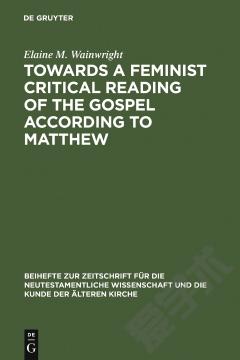
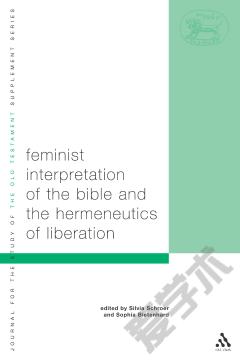

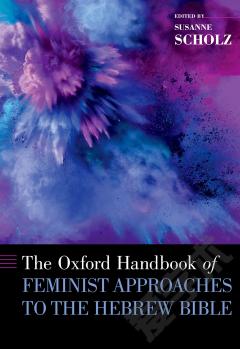
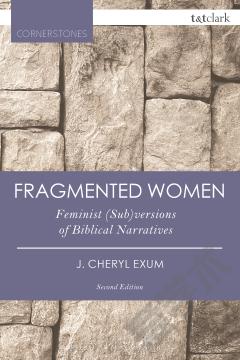
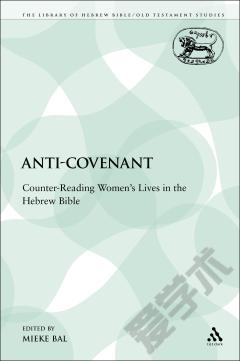

 京公网安备 11010802027623号
京公网安备 11010802027623号